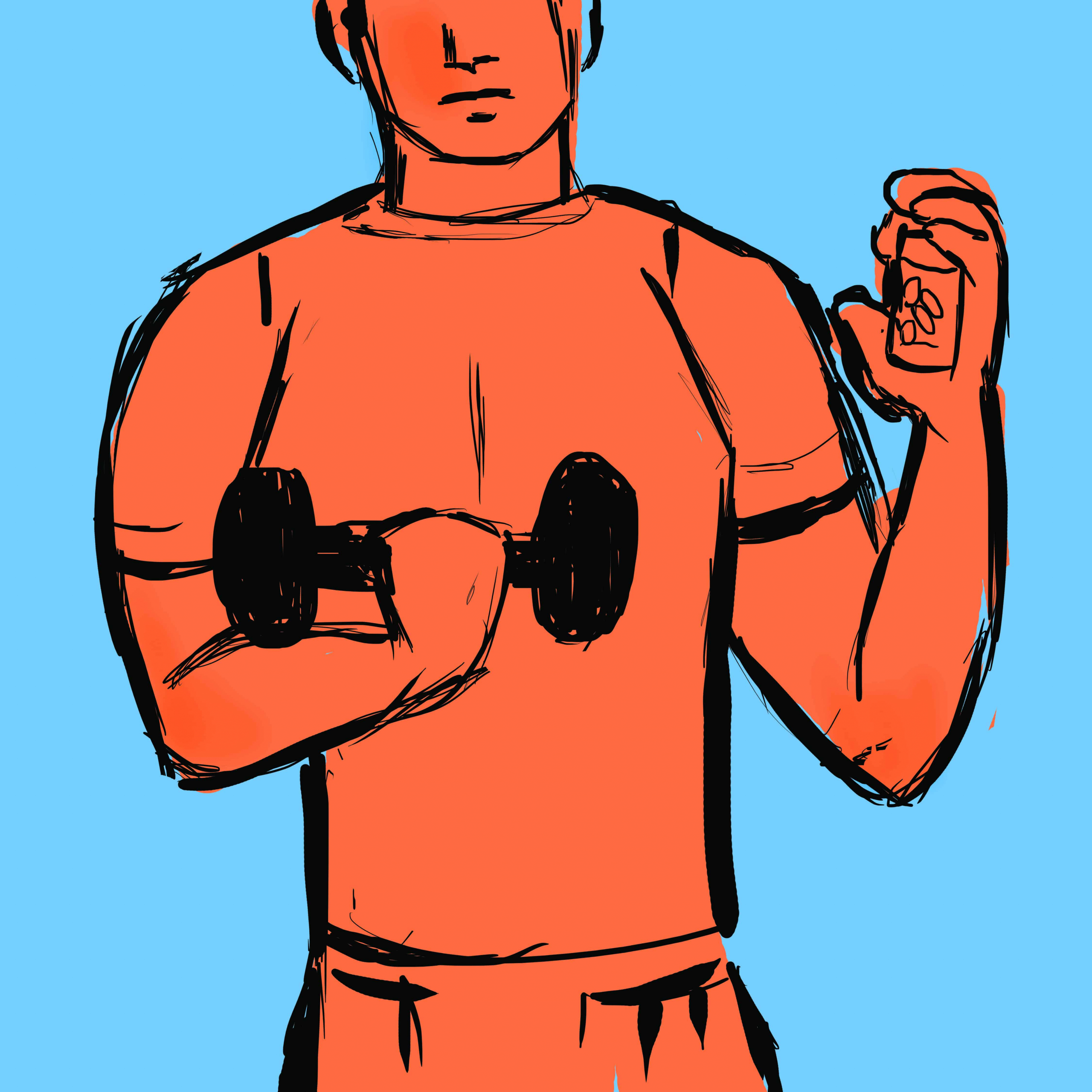In the week leading up to the 2018 Winter Olympics in Pyeongchang, South Korea, the Court of Arbitration for Sport (CAS) overturned the lifetime suspensions for doping charges of 28 Russian athletes. In a brief statement, the CAS explained that the bans could not be upheld because evidence did not support rule violations by the athletes, despite the allegations of state-sponsored doping that had shadowed Russia since 2014.
The International Olympic Committee (IOC) expressed concern over the ruling by the CAS, and it quickly rejected the requests of 13 of the newly exonerated athletes to compete in the 2018 Winter Olympics. The IOC argued that although the CAS had overturned 28 lifetime bans, 11 were still being upheld — which the IOC cited as proof that there existed “systemic manipulation of the anti-doping system” within the Russian national team.
The use of performance enhancing drugs (PEDs) is not a new phenomenon in the world of competitive sports. For athletes, the pressure associated with competing at the elite level is surely daunting. Having dedicated years of their lives to a sport, the seemingly minute risk of being accused and subsequently charged with doping in exchange for grand titles and records has always proven too tempting for some athletes. Lance Armstrong, for instance, was revered for years as the world’s best professional cyclist before he was accused of illegal doping, stripped of his seven Tour de France titles, and banned from the sport.
At the elite level, accusations of doping and the ensuing media attention can make the use of PEDs appear prevalent, though it may be an unfair exaggeration to claim that doping is somehow inherent in sport culture at large. Nevertheless, with the investigations into allegations of Russia’s state-sponsored doping program, one question surges to the top: how is the issue of illegal doping resolved?
When doping occurs at the Olympics, the IOC will become involved. Following a flurry of allegations claiming that Russian athletes had violated the Olympics’ rules against doping during the 2014 Winter Games in Sochi, the Schmid Commission was created to confront what the IOC called a “systemic manipulation of the anti-doping rules and system in Russia.” Although Russia has continually denied that there was ever any coordinated state effort to provide its athletes with PEDs, the Schmid Commission’s findings have detailed the opposite.
The commission recommended a broad framework of action to the IOC, suggesting that it implement strong measures to deter the continued advancement of a doping program, defend the rights of clean Russian athletes to compete, and evaluate the costs of the two IOC-mandated commissions. The Oswald Commission, separate from the Schmid Commission, was established to investigate the alleged doping violations committed by athletes who competed in Sochi. In accordance with the recommendations, the IOC voted to immediately suspend the Russian Olympic Committee (ROC), issue the ROC a $15 million USD fine to compensate for the costs of the investigation, and allow for Russian athletes to compete in the Olympics as an “Olympic Athlete from Russia.”
The use of PEDs across competitive sports on other elite levels falls into the purview of independent organizations such as the World Anti-Doping Agency (WADA), an institution established to ensure athletes comply with consistent anti-doping regulations during competitions. WADA’s claim to impartiality is not without scrutiny. In July 2016 — mere weeks before the start of the Summer Games in Rio de Janeiro — WADA released the McLaren Report, which accused Russia of state-sanctioned doping.
The report forced the IOC to ban dozens of Russian athletes from competing based on a previous history with PEDs, while hundreds of others were barred from competition until an IOC panel could approve their cases. IOC President Thomas Bach blamed WADA for its unfortunate timing. In a subtle critique of WADA’s supposed impartiality, Bach also remarked that despite receiving information years ago, WADA did not choose to further investigate those matters.
The organizations responsible for enforcing anti-doping regulations do not seem to shy away from implementing wholesale participation bans, but these bans come at the cost of subjecting a large number of athletes to humiliating penalties usually intended to punish only a few.


